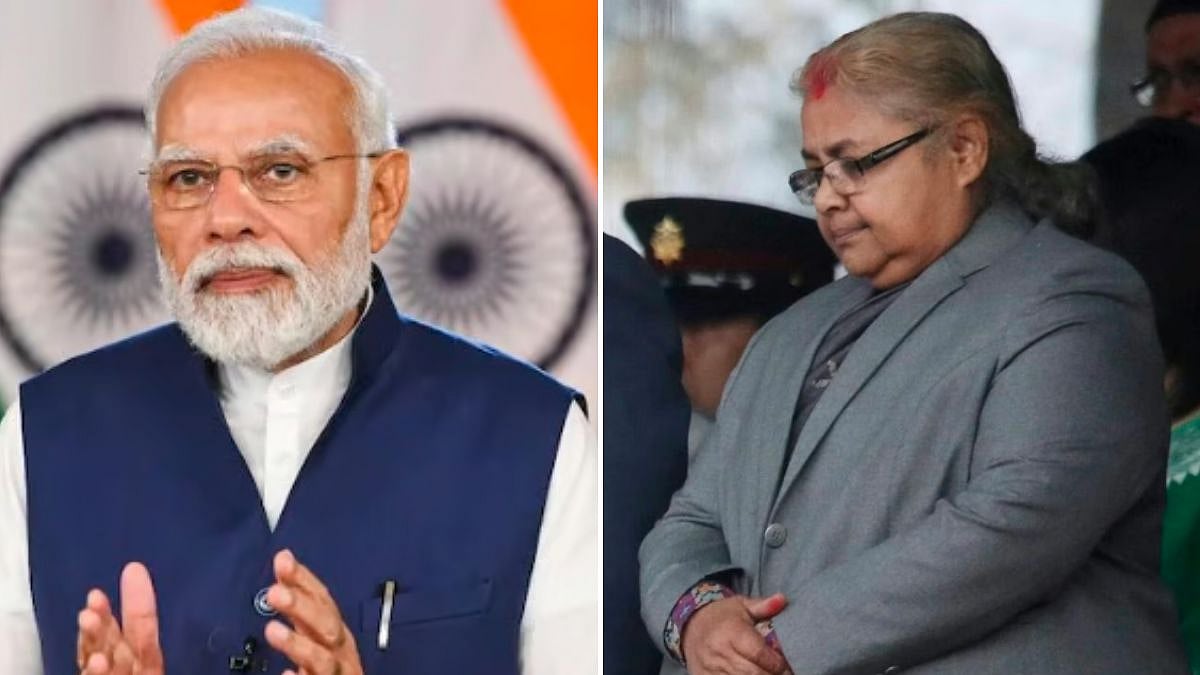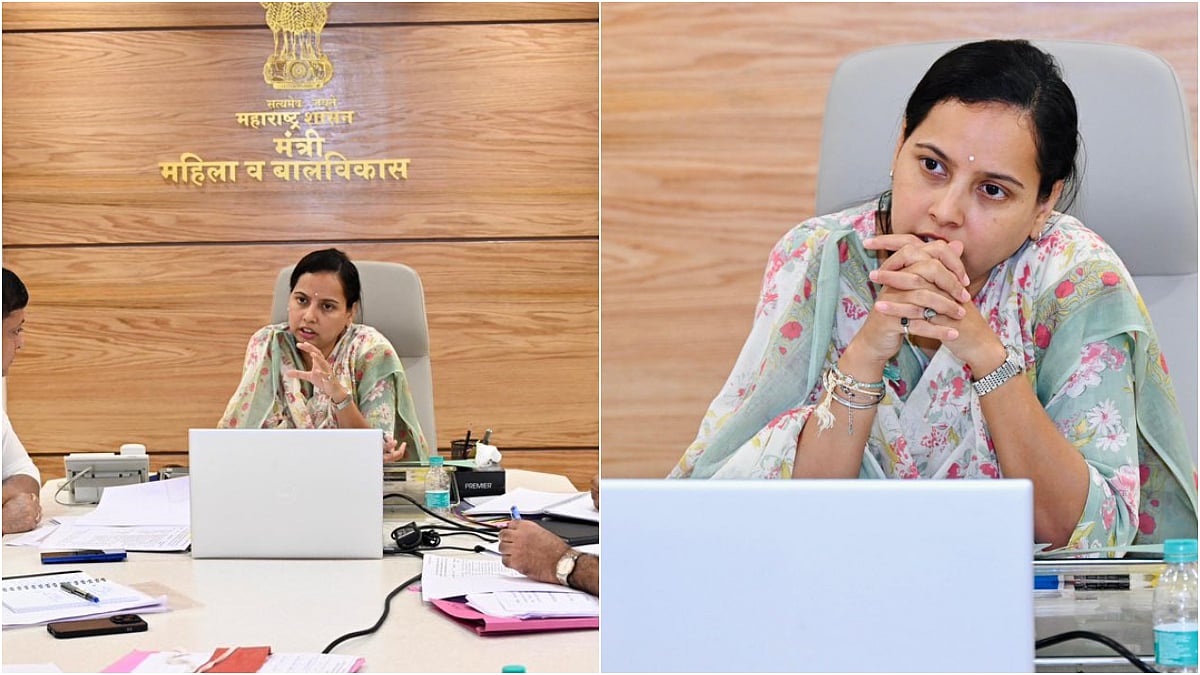Mumbai: Even as heavy rainfall disrupted traffic in Mumbai on Tuesday, the city’s air quality index (AQI) touched its cleanest best of 10 for the second time. The last time the city’s air was this clean on July 1. The lower the AQI value, the cleaner the air, while a higher AQI indicates greater level of air pollution and health concerns.
As per the System of Air Quality and Weather Forecasting And Research (SAFAR), Mumbai is experiencing some of the most clean-air days owing to unique monsoonal conditions. SAFAR project director Gufran Beig clarified that the rains are washing away the pollutants, while strong winds are moving them far from the city.
Beig said, “However, we must realise that clean air is nature’s gift and not an achievement to be proud of. We can have it throughout the year, not just during the monsoon season, if we continue to work towards resolving environmental crisis and find appropriate solutions.”
He said rainfall across the country is ensuring good air quality in Delhi, Pune and Ahmedabad as well. On Tuesday, the three cities recorded an AQI of 20, 16, and 15, respectively.
In July, the AQI in Mumbai mostly remained below 20, while August has been experiencing even better air days with the index hovering around 15. On August 6, the city’s AQI was 11. Earlier on May 20, the city recorded the year’s worst AQI of 309, which was worse than Delhi’s due to the repeated dust storms from the northwest.
There are six AQI categories, according to SAFAR, namely ‘good’ (0 to 50), ‘satisfactory’ (50 to 99), ‘moderate’ (100 to 199), ‘poor’ (200 to 299), ‘very poor’ (300 to 399), and ‘severe’ (400 to 500).










